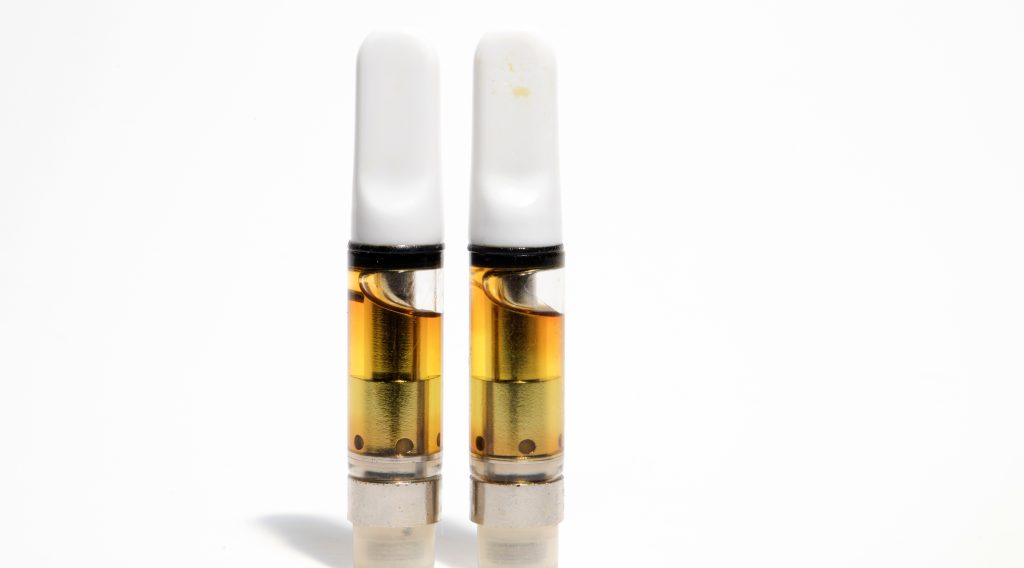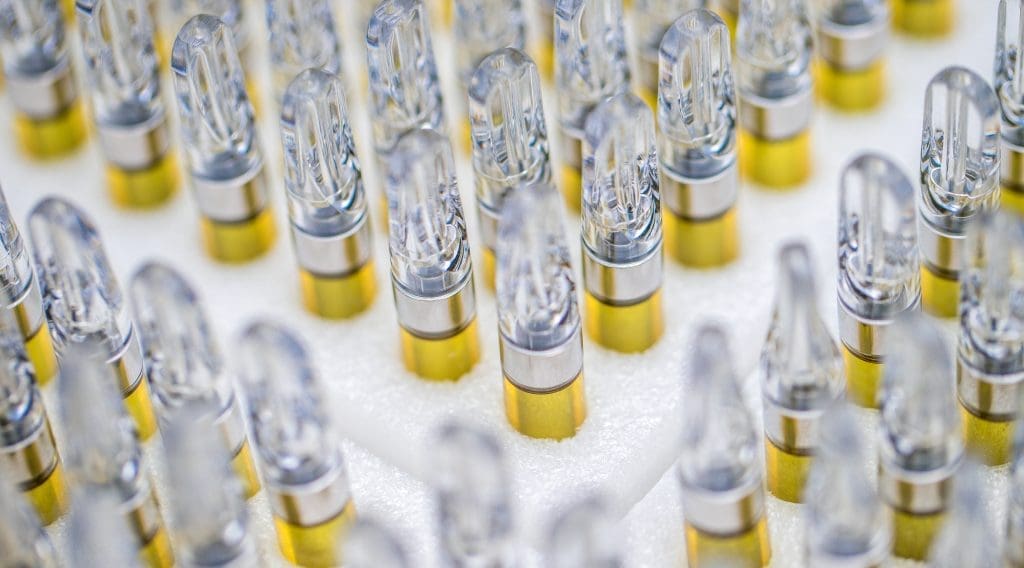The ceramic-core vape cartridge is probably the single most important invention in the history of herbal vaping. Vape carts are simple, convenient and reliable – and they also offer noticeably increased potency compared to traditional smoking. When you consider the benefits of using a 510-thread battery and a vape cart, it’s no wonder that people are increasingly making the decision to vape their herbs instead of smoking them.
Vape carts are so user friendly that they’ve basically become commodities in the vaping world that are almost taken for granted. It’s possible, in fact, that you’ve used an oil pen for years without ever pausing to think about how the hardware works.
So, how do vape cartridges work? A vape cart may look simple, but it’s actually the product of some pretty impressive engineering. It’s worthwhile to learn about what’s happening behind the scenes when you use your vape pen because the technology is fascinating on its own merits. Learning how a cart works can also help you troubleshoot your device if your vape pen isn’t working.

What Are Vape Carts?
We’ll begin this article with an introduction that you might find helpful if you haven’t used a vape pen before. What, exactly, is a vape cart? A cart is a plastic or glass cylinder with a mouthpiece at the top. It has threading on the bottom, which allows it to attach to a vape pen. The cartridge provides storage for an oil-based herbal concentrate, and it has a heating coil that vaporizes the concentrate for inhalation. A vape cartridge also has a ceramic wick that manages the flow of oil from the cartridge’s reservoir to its heating coil.
At Rokin Vapes, we manufacture refillable vape carts. Refillable carts are very affordable because you can usually refill them several times before they begin to taste burnt. Pre-filled vape cartridges, on the other hand, are not refillable. When a pre-filled cart runs out of oil, you need to discard it.
Ready to upgrade your vaping game?
Shop our selection of empty and pre-filled vape carts now.
How Does a Cart Work?
It’s easiest to understand how a vape cart works if you think about it in terms of its parts. These are the main components of any cartridge.
- The threading: The male threading at the bottom of a vape cartridge allows it to attach to a vape pen’s female threading. The male and female threads have metal pins that meet when the two are connected, allowing power to transfer from the vape pen to the cartridge.
- The reservoir: The reservoir is the outer glass or plastic wall of a vape cart. This is the part of the cartridge that holds the oil. A plastic cartridge is less likely to crack if you drop your vape pen on a hard surface, but most people find that glass cartridges have superior flavor quality.
- The coil assembly: The coil assembly is the component at the bottom of a vape cartridge’s reservoir. It actually consists of two parts: a wick and a heating element. The coil assembly is surrounded by a metal enclosure, and small holes on the outside of the enclosure allow the oil to travel from the cartridge’s reservoir to the wick. The wick supplies oil to the heating element, and the heating element vaporizes the oil. When you puff on your vape pen, the wick becomes dry and absorbs more oil from the cartridge’s reservoir. This continues until the reservoir is out of oil, and you need to refill the cartridge at that point.
- The chimney: The chimney is the narrow metal tube in a vape cart that leads from the coil assembly to the mouthpiece. When you use your vape pen, the vapor travels through the chimney and exits the cartridge.

How Are Carts Made?
Making a vape cartridge begins with the manufacturing of the wick. The wick in a vape cartridge is a ceramic cylinder that appears solid but is actually full of tiny holes. The oil saturates the wick by filling the holes. Using a porous ceramic wick allows a vape cartridge to work extremely reliably, even with very thick oil.
To create the wick for a vape cartridge, the manufacturer mixes a slurry containing a blend of powdered ceramic and millions of minute organic particles. The mixture is extruded in a cylindrical form and baked at an extremely high temperature. The baking process burns away the organic material, giving the wick its characteristic holes. The heating element is then positioned in the center of the wick, and the remaining components are assembled to create the finished cartridge.
How to Fill and Use a Cart
To fill a vape cartridge, it’s very helpful to have a blunt-tip syringe unless you’re using our Easy-Fill Cartridge. Draw the correct amount of oil into the syringe – usually either 0.5 or 1.0 ml – and inject it into the cartridge’s filling hole. Avoid getting oil in the center hole – which is actually the cartridge’s chimney – and don’t overfill the cartridge. If you add too much oil, the cartridge will leak when you close it. If you’re filling a new cartridge for the first time, wait about 30 minutes before vaping.
To use the cartridge, connect it to your vape pen and inhale through the mouthpiece. If your vape pen has a fire button, hold the fire button to vape. If your device doesn’t have a fire button, it activates automatically when you puff on it. Always puff gently when using a vape cart; using too much air pressure can pull some of the oil out of the coil assembly, which will cause the cartridge to leak.
If you’re using a refillable cartridge, pay attention to the remaining oil when you vape. When the oil is below the wick openings on the side of the coil assembly, you should add more oil to the cartridge to prevent a burnt flavor.

How Long Does a Cart Last?
A vape cartridge usually lasts through several refills before it begins to taste burnt. Depending on how often you vape, that could be anywhere from a few weeks to a few months. To ensure that your carts will last as long as they can, it’s important to use the highest-quality oil possible. An oil that’s poorly filtered could contain residual solids, and those will eventually cause your cartridge to clog.



0 Comments